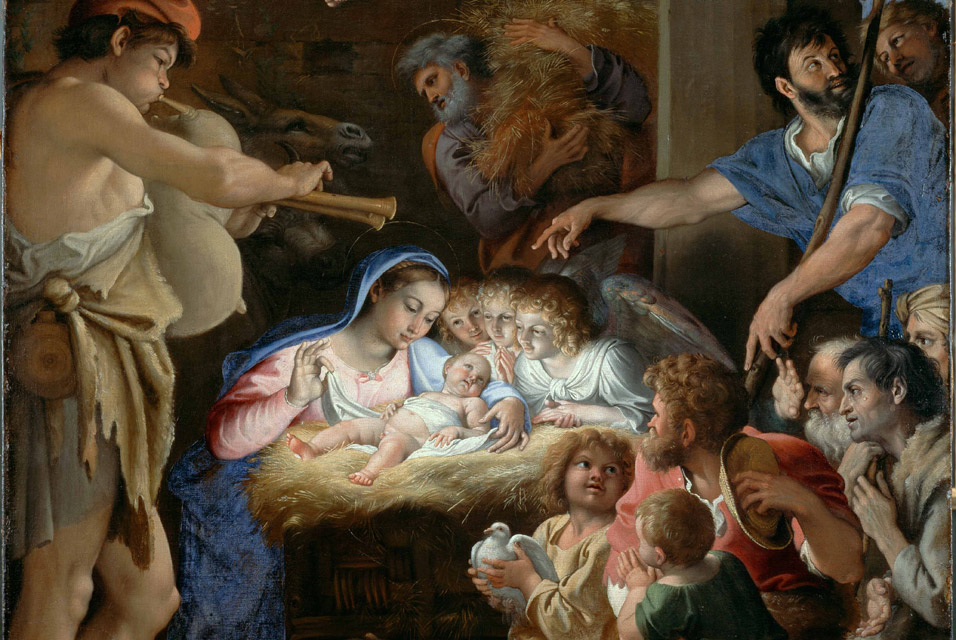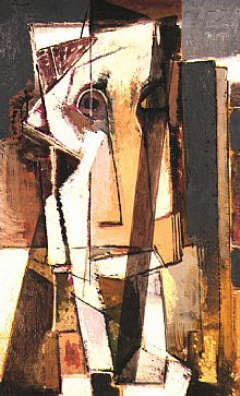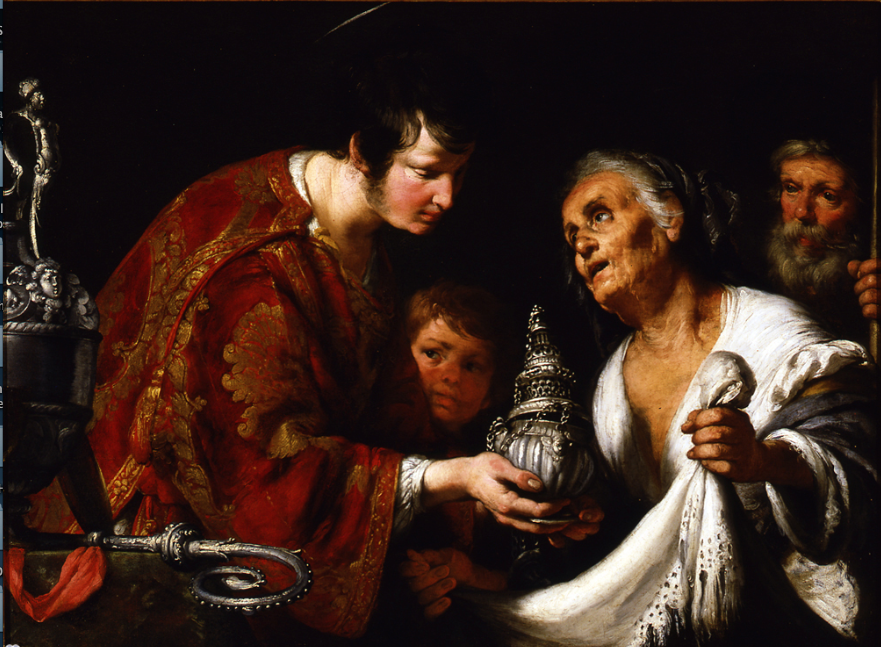
*
Art Scatter lives! We admit, we’ve been remiss. We haven’t filed a post since July 28 of 2012, for heaven’s sake. That’s 10 months. Our last post was about the demise of the fabled Classical Millennium music shop (which, we’re happy to report, lives on, if in extremely truncated form, inside its big-daddy Music Millennium) and that sort of depressed us. Plus, we got busy with other things, not least of which was posting quite a bit on Oregon ArtsWatch, and also conducting a little daily art-historical experiment called “Today I Am” on Facebook. It was partly through that endeavor that Carol Shults of the European and American Art Council of the Portland Art Museum asked me if I might give a gallery talk to the group: just pick any topic as long as it relates to those galleries, she said.
So I did. My talk, called “The Way of All Flesh” (thanks, Sam Butler), took place last Thursday in the museum’s Renaissance gallery, with just a peek around the corner into the Baroque. It covered eight paintings, with quick swipes at a few others, ranging from 1500 to roughly 1640. And it was fun, even if I rambled a bit too freely and didn’t quite cover everything I’d expected to. When you’re in the galleries, looking at the actual works instead of looking at slides of them in a lecture hall, you tend to toss away your notes and just talk. What follows is the more or less formal speech I didn’t give, but which formed the basis of my more conversational remarks in the galleries.
All of the pictures, by the way, are gathered from the museum’s relatively new and growing online photo gallery of works from the permanent collections. It’s a great project; check it out when you can. – BH
*
By BOB HICKS
The title of my talk is “The Way of All Flesh.” I’m sorry if you came thinking I was going to do a slide show about nude bicyclists pumping through Puddletown. Not gonna happen. Instead I’m going to talk about the ways we’ve looked in Western civilization at life and decay and death. That’s not really the bummer it might sound like, because in the process we get to look at a handful of pretty fascinating paintings covering a little over a century, between about 1500 and roughly 1635 or 1640.
The subtitle is “Purity, Pain, and Pragmatism from Caroto to Van Dyck.” If I hadn’t submitted it before I’d finished my research, I’d have changed it to “from Botticelli to Van Dyck,” because Botticelli’s small painted devotional “Christ on the Cross,” which really starts things off, is from 1500, ten years before Caroto’s intimate painting “The Entombment of Christ.” I figure that’s a good mistake, because anytime you can kick off an evening by looking at a Botticelli, you’ve got a fighting chance.
Continue reading It’s only a flesh wound: from Botticelli to Van Dyck, a museum’s art and soul
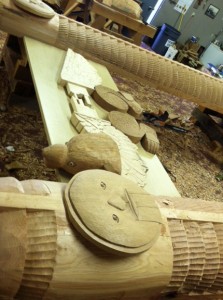
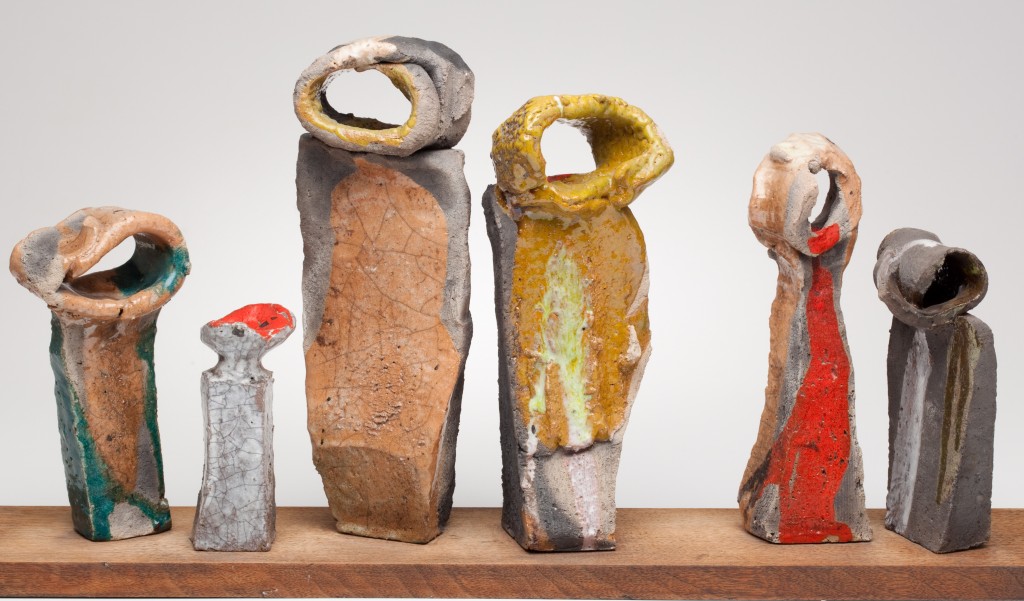
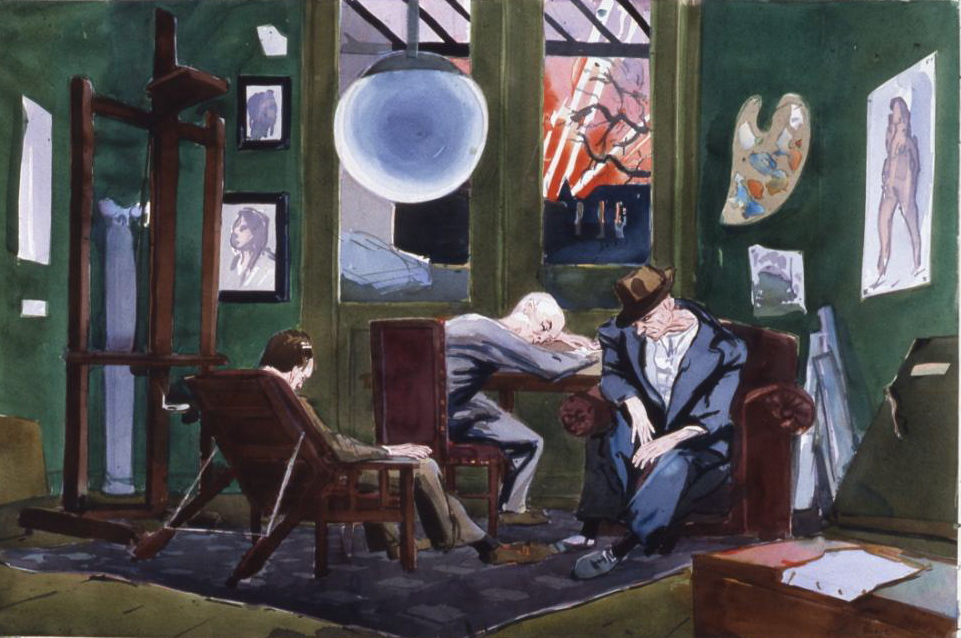
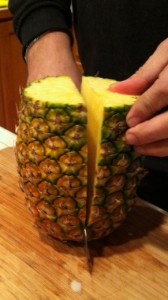 While that’s led to a somewhat more relaxed sense of structure (oh, my goodness: is it midnight already?), the basics have been covered: boys showered, sheets washed, fruit or vegetables shoved down reluctant teenager’s plant-averse throat, same reluctant teen’s homework swiped at (eek! it’s finals week!).
While that’s led to a somewhat more relaxed sense of structure (oh, my goodness: is it midnight already?), the basics have been covered: boys showered, sheets washed, fruit or vegetables shoved down reluctant teenager’s plant-averse throat, same reluctant teen’s homework swiped at (eek! it’s finals week!).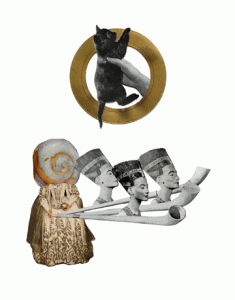 In
In  Things have been cooking outside of World Headquarters, too. I’ve recently signed on as a regular contributor to
Things have been cooking outside of World Headquarters, too. I’ve recently signed on as a regular contributor to 
 Buchanan left the Portland museum in 2005 to become director of the much larger Fine Arts Museums of San Francisco, which encompasses the de Young Museum in Golden Gate Park and the nearby Legion of Honor. He was director there from February 2006 until his death. Here is Kenneth Baker’s
Buchanan left the Portland museum in 2005 to become director of the much larger Fine Arts Museums of San Francisco, which encompasses the de Young Museum in Golden Gate Park and the nearby Legion of Honor. He was director there from February 2006 until his death. Here is Kenneth Baker’s 